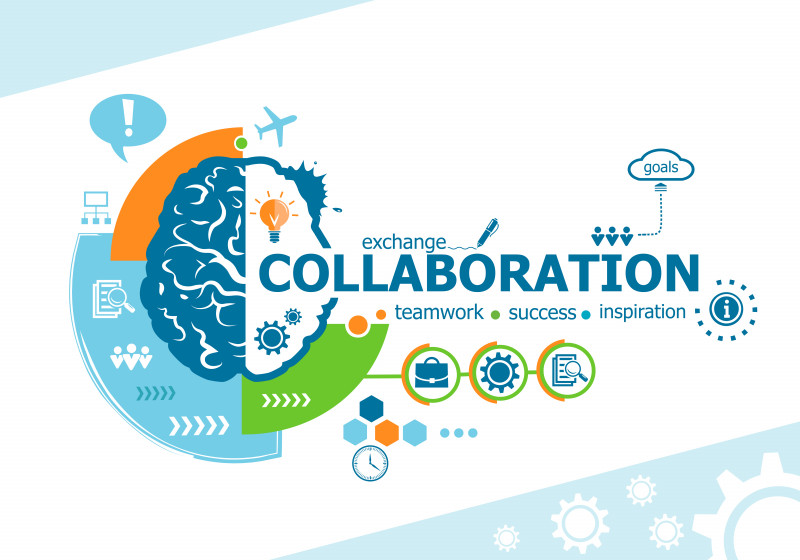
#UDLChat 2/5/2020
Table of Contents

The second twitter chat, I prepared my responses in advance using the posted questions. I took about 30 minutes before the session began typing out my responses in a Google Doc to check my grammar and character count to ensure it would fit into one tweet for each answer. To use the proper format, I copied the questions and pasted them into a list within the document, and as a sublist point, I placed in my A[#] and the #UDLChat hashtag to post appropriately.
In this session, I had decided to try TweetDeck to keep the information automatically updated during the Twitter chat. I was pleased with the tool. It allowed multiple columns with different details to keep track of likes and comments for my responses, the #UDLchat hashtag, personal messages, and my timeline. I arranged them in a way I felt would work best for me. I kept my smartphone close by, just in case the power went out.
The topic for the session was “Collaboration: It’s a UDL Thing.” It was most certainly a collaborative session this time around. People were commenting, asking about how I would address the ice breaker activity for shy people in an in-person session. I was happy that I prepared my answers in advance so I could answer the comments I received. I learned that the traditional ice breaker activities are not received well, but many of the participants suggested other methods to encourage learners to collaborate and engage. The general response to the question “Q2: Collaboration can cause anxiety. How do you reduce emotional barriers to collaboration with your learners? What about with your peers? #UDLchat” was modeling appropriate expectations and setting clear guidelines. Reflecting on these responses makes sense, ice breakers may already make a shy person distant, but if the instructions are clear, they could still be shy and shine with their strength in the group by focusing on a specific role and goal.
Responses
Collaboration: It’s a UDL Thing.
Q1: You’re planning an activity with your learners. Describe the teams you picture working together. How are the teams arranged? What roles do your learners take? How involved are you in the team-making process?
A1 Groups of 3. Group members have some past working experience with each other. Recorder, speaker, and time-keeper. Rather involved in selecting. #UDLChat
— Steven Bianco, MA (@StevenBianco4) February 6, 2020
Q2: Collaboration can cause anxiety. How do you reduce emotional barriers to collaboration with your learners? What about with your peers/colleagues?
A2 I like to take a few minutes to do an ice-breaker activity to reduce anxiety and barriers with both groups. Then tell and place up group expectations. I find good humor and positive demeanor helpful, when appropriate. #UDLChat
— Steven Bianco, MA (@StevenBianco4) February 6, 2020
Q3: How do you feel after collaborative work sessions? What strategies help you and your teammates have a successful experience? How do you share this with your learners?
A3 I enjoy the collaboration, usually (good group mixture is key). The shared motivation and goals drive a successful experience. Positive comments and wanting to work with them again. #UDLChat
— Steven Bianco, MA (@StevenBianco4) February 6, 2020
Q4: Part of successful collaboration involves giving and receiving feedback, and often we learn most from feedback that challenges our assumptions. How do you help your learners learn from challenging feedback? What about yourself?
A4 When giving feedback I try to look at the work or idea as a whole to get a baseline. Then I provide positive feedback and give questions to think about to improve upon it. For myself and others I find feedback is helpful for areas not thought about. #UDLChat
— Steven Bianco, MA (@StevenBianco4) February 6, 2020
Question Source
UDLchat February 5, 2020 Question Source